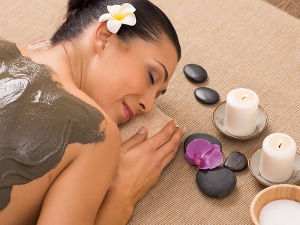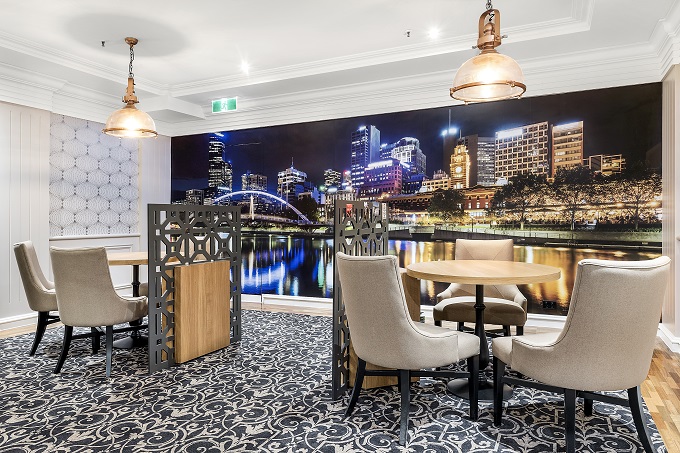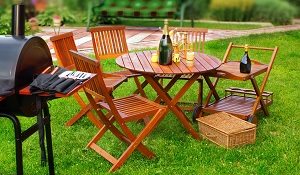Commercial Pool Design Guided by Mother Nature
We are experiencing environmental extremes in Australia like never before, as evidenced by concurrent drought and flooding in recent times.
As a society we have become highly conscious of our impact on the environment – not just in terms of carbon but our water footprint too. Taking this a step further, we need to evolve our environmental concern to two broader pillars – habitat recreation and water management. Both considerations need to sit at the centre of our design imperatives for commercial landscapes.
These pillars are the main reasons we are seeing such considerable growth and global interest in natural pool systems.
Natural pools offer a response to both issues, assisting in healing the planet through habitat recreation, as well as providing solutions to water management in times of drought or flooding. Natural pools also incur fewer maintenance costs than traditional pools – both environmentally and financially.
A constant issue with traditional pools is maintaining the water level to ensure the chemical/mechanical based filtration systems continue to work in areas where Australian rainfall is minimal and water restrictions in place. Given that the average daily loss in Melbourne for a pool (8mx4m) with a capacity of 41,600 litres is approximately 205 litres a day (as quoted by Save Water Alliance), it’s a big concern.
My response to organisations and people with concerns over their pool is to completely convert it into a natural pool – or billabong as I commonly call them. Requiring no chemical filtration, natural swimming pools are cleaned by creating a biological filtration zone in the current pool shell or adjacent to the pool. The biological filtration zone uses indigenous aquatic plants grown in zeolite media to absorb nutrients from the water.
The result is a chemical free, biologically cleaned natural swimming pool, where the filtration process continues to work irrespective of water levels.
As an Australian authority on natural pools, we build waterfalls into each natural pool design to provide maximum aeration and movement to the water. The continual movement keeps the water fresh and ‘alive’ – as opposed to ‘sterilised’ in a traditional pool system. Natural pools use approximately a third of the energy of a traditional pool based on the natural filtration process, and require no mains water.
For commercial pools, water levels are maintained using a combination of storm water management, grey water systems and catchment techniques including rain water tanks and redirecting site run off into catchments – including the natural pool itself.
Natural pools are in effect living eco systems that utilise the interaction of water, sunlight, gases, minerals, plants and creatures to ensure that the water is clean and healthy. They work with the environmental conditions in our country – not against them.
Natural pools also encourage Australians to rethink the way we swim. Drawing inspiration from natural water holes and lakes, natural pools are living habitats meaning they will attract to frogs and other creatures that are a sign of healthy water. Instead of being reluctant about swimming with nature, we need to embrace it as we do at the beach. Swimming with nature is a far more energising, invigorating and healthy environment versus a chemical, sterilised traditional pool.
Phillip Johnson
Phillip Johnson Landscapes

AccomNews is not affiliated with any government agency, body or political party. We are an independently owned, family-operated magazine.






